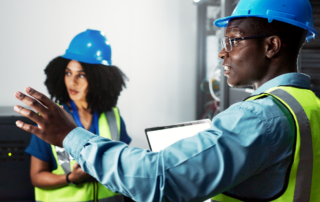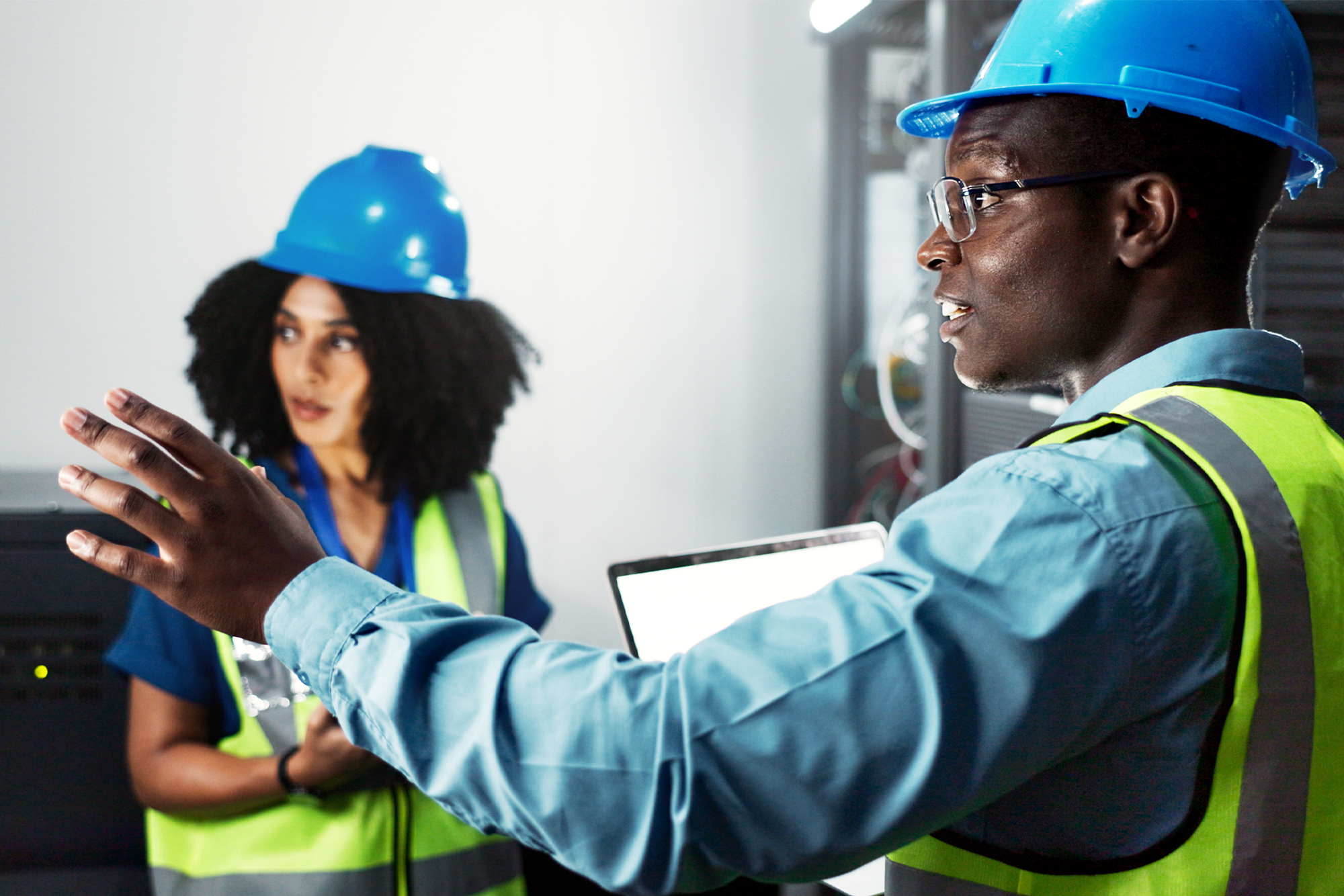ABCS OF PERSONAL FALL ARREST SYSTEMS
Falls are some of the most common types of accidents in the workplace. When working at heights, an accident can result in serious injuries. As such, it’s important to take precautions and utilize fall protection systems.
Personal fall arrest systems consist of three separate elements that work together to ensure safety by catching falling workers. The three pieces of fall arrest systems include an anchorage, a body harness and connecting devices. Remember them by thinking of systems as having A, B and C.
Anchorages
In personal fall arrest systems, anchorages are true to their name in that they act as the fall arrest system’s anchor point. Anchorages must be fixed to structurally strong materials, as anchors are not effective if they are attached to weak materials.
Under OSHA standards, a qualified employee is required to oversee the design, installation and utilization of anchorages. Anchorages must be strong enough to support at least double the amount of expected impact load or 5,000 pounds per attached employee. If there is any doubt that an anchorage is safe, a qualified employee should inspect and evaluate it.
Body Harnesses
Body harnesses and body belts are not the same thing. Body harnesses provide far more safety than belts. In fact, body belts are not allowed to be used in fall arrest systems and should be used only as positioning devices. One of the primary advantages of a body harness is that it decreases injury risk when an employee is caught in the midst of a fall, by dispersing the impact across a larger portion of the body as opposed to it all being concentrated around the waist.
In order for a harness to be effective, it must fit properly. Be sure to check your harness every time you put it on, and make sure of a snug fit. While standing up straight, there should be no slack. You should be able to fit an open hand, but not a closed fist, between the strap and your body. Check that the D-ring is centered between your shoulder blades, and be sure to tuck in all straps once they are properly fitted.
Connecting Devices
While connecting devices are one of three primary elements that go into a personal fall arrest system, there are many smaller pieces that make up this part of the puzzle. Snaphooks, lanyards, lifelines and deceleration devices are all connecting devices.
When assembling a personal fall arrest system, it is important that all of the connecting devices are the correct choices. When selecting the proper connecting devices, consider the following tips:
- Limit the maximum possible arresting force on an employee to 1,800 pounds.
- Employees should not be able to fall more than 6 feet or contact a lower level before being caught.
- Deceleration devices should not extend more than 3 ½ feet.
- Snaphooks must lock and not be able to disengage from any other connecting device of the system.
Inspections
Personal fall arrest systems are complicated, so it is imperative that all pieces are inspected before every use. Do not use a system that has any damage or defect. Some common things to look for include:
- Frayed or worn webbing
- Damaged hardware
- Missing parts
- Ripped stitching
When inspecting your equipment, pay extra attention to your harnesses and lanyards, as many of these have an impact indicator where a special stitching pattern will rip out.
Our Commitment to You
If you have any questions or concerns about personal fall arrest systems, or fall protection in general, speak with your supervisor.
About the Author
Share This Story
Related Blogs
Navigating Cybersecurity Challenges in the Construction Industry
The construction industry is continuously moving toward digitization, adopting advanced technology such as artificial intelligence, the Internet of Things (IoT) and Building Information Modeling software. These innovations help to automate tasks, reduce waste and improve efficiency, productivity and safety.
Open Enrollment 2025 – Health Savings Accounts (HSAs)
There are many advantages to selecting an HDHP/HSA option at open enrollment time—for example, HSAs have three levels of tax savings and HDHPs typically have lower monthly premiums.
Getting the Most Out of Your 2025 Open Enrollment Communications
Open enrollment is a crucial period for both employers and employees. It’s when employees can make important decisions about their benefits and an opportunity for employers to engage with their workforce effectively. As organizations continue to adapt to evolving workforce needs and changing regulations in 2025, open enrollment communication becomes more critical than ever.







